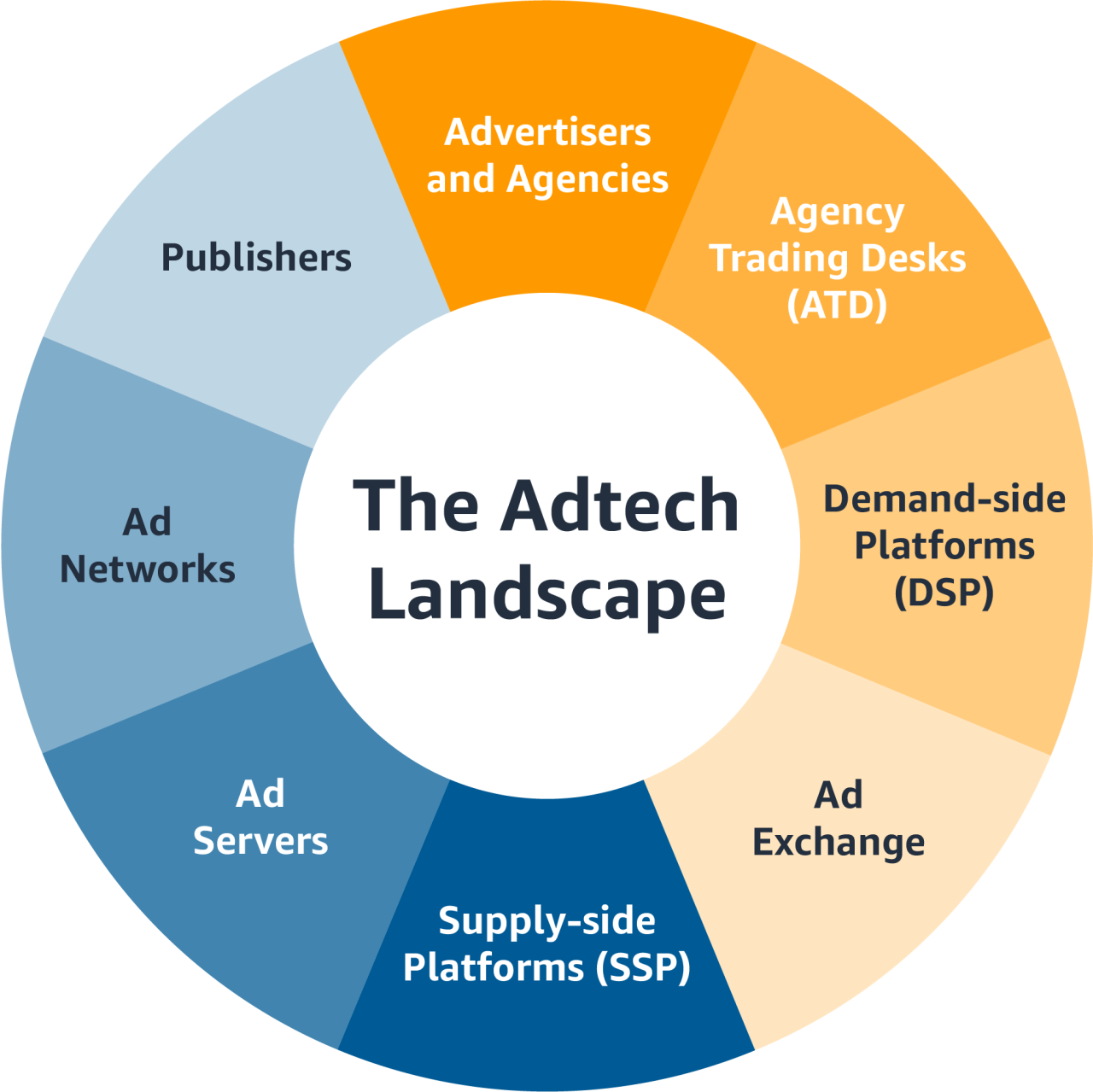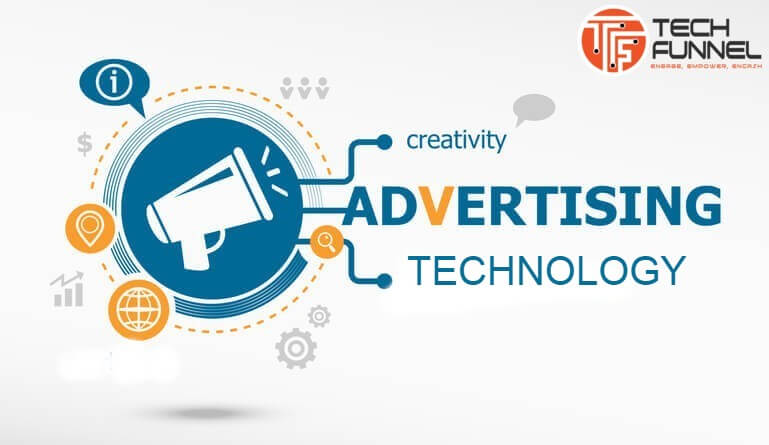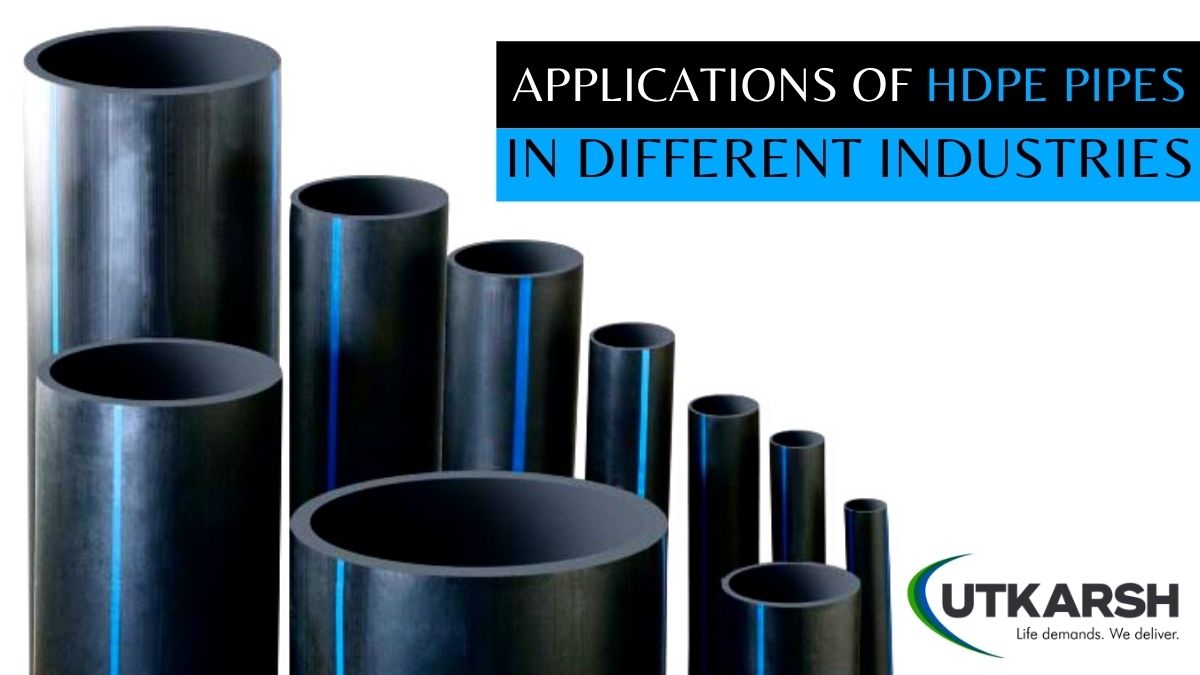Advert Technologies: Shaping the Future of Advertising
Advert technologies have revolutionized the way businesses reach their target audiences, transforming the advertising landscape from traditional print and broadcast media to the digital realm. This evolution has been marked […]

Advert technologies have revolutionized the way businesses reach their target audiences, transforming the advertising landscape from traditional print and broadcast media to the digital realm. This evolution has been marked by significant milestones and innovations, shaping the way we consume and interact with advertising today.
From the rise of search engine marketing (SEM) and social media advertising to the emergence of programmatic advertising and artificial intelligence (AI), advert technologies have become increasingly sophisticated and data-driven. This has led to more targeted, personalized, and effective advertising campaigns, while also raising important ethical considerations about data privacy and consumer protection.
Targeting and Personalization

In the realm of digital advertising, targeting and personalization are key strategies for delivering relevant and engaging ads to specific audiences. These techniques leverage data analytics and user behavior tracking to tailor advertising messages, ultimately enhancing campaign effectiveness and user experience.
Data Analytics and User Behavior Tracking
Data analytics plays a crucial role in targeted advertising. By analyzing user data, advertisers can identify patterns and insights into audience demographics, interests, and online behavior. This data is collected through various methods, including website cookies, social media activity, and search engine queries. User behavior tracking involves monitoring user interactions with websites, apps, and online platforms. This data provides valuable information about user preferences, browsing history, and purchase patterns. By combining data analytics and user behavior tracking, advertisers can create detailed audience profiles and tailor their campaigns accordingly.
Targeting Techniques
Targeting techniques aim to deliver advertisements to specific groups of individuals based on various criteria.
Demographic Targeting
Demographic targeting involves segmenting audiences based on factors like age, gender, location, income, and education level. This approach is widely used by advertisers to reach broad audiences that align with their target market. For instance, a cosmetics company might target women aged 18-35 in urban areas, while a financial institution might target individuals with high incomes in specific regions.
Behavioral Targeting
Behavioral targeting focuses on user actions and online behavior. Advertisers track user browsing history, website visits, and purchase activity to identify patterns and interests. This data is used to deliver ads relevant to users’ past behavior. For example, a travel website might target individuals who have recently searched for flights to specific destinations.
Contextual Targeting
Contextual targeting aligns advertisements with the content users are consuming. This technique leverages website content, s, and user interests to deliver relevant ads. For instance, a website about technology might display ads for tech products or services, while a news website might show ads related to current events.
Future Trends and Innovations: Advert Technologies

The world of advertising is constantly evolving, driven by technological advancements that are reshaping how brands connect with consumers. From programmatic advertising to artificial intelligence (AI) and augmented reality (AR), emerging trends are ushering in a new era of personalized, interactive, and data-driven advertising experiences.
Programmatic Advertising
Programmatic advertising is the automated buying and selling of advertising space, leveraging algorithms and real-time data to optimize ad delivery. It allows advertisers to target specific audiences with precision, ensuring that their messages reach the right people at the right time. Programmatic advertising offers numerous benefits, including increased efficiency, improved targeting, and enhanced performance measurement.
- Increased Efficiency: Programmatic advertising automates the advertising process, freeing up advertisers to focus on strategy and creativity. It streamlines ad buying and simplifies campaign management, leading to significant time and cost savings.
- Improved Targeting: Programmatic platforms leverage data from various sources to identify and target specific audience segments. This allows advertisers to reach consumers with relevant messages based on their demographics, interests, and online behavior.
- Enhanced Performance Measurement: Programmatic advertising provides detailed performance metrics, allowing advertisers to track campaign effectiveness in real-time. This data-driven approach enables optimization and adjustments to maximize return on investment (ROI).
Artificial Intelligence (AI), Advert technologies
AI is transforming the advertising landscape by automating tasks, personalizing experiences, and optimizing campaigns. AI-powered tools analyze vast amounts of data to identify patterns, predict consumer behavior, and personalize ad content.
- Automated Content Creation: AI can generate ad copy, headlines, and even video content, reducing the need for human intervention. This allows advertisers to create engaging and personalized content at scale.
- Personalized Advertising: AI algorithms analyze consumer data to tailor ad experiences to individual preferences. This leads to more relevant and engaging ads, improving click-through rates and conversions.
- Predictive Analytics: AI can predict future consumer behavior, allowing advertisers to anticipate trends and optimize campaigns proactively. This enables more effective targeting and resource allocation.
Augmented Reality (AR)
AR overlays digital information onto the real world, creating immersive and interactive experiences. In advertising, AR offers new ways to engage consumers, enhance product discovery, and drive sales.
- Interactive Product Experiences: AR allows consumers to visualize products in their own environments, providing a realistic and engaging shopping experience. For example, furniture retailers can use AR to let customers see how a sofa would look in their living room before making a purchase.
- Enhanced Brand Storytelling: AR can bring brand stories to life by creating interactive experiences that engage consumers on a deeper level. For example, a clothing brand could use AR to create a virtual fashion show or allow users to try on clothes virtually.
- Gamified Advertising: AR can be used to create interactive games and experiences that promote brand awareness and engagement. For example, a fast-food chain could use AR to create a scavenger hunt game that encourages customers to visit their restaurants.
Potential Benefits and Challenges
| Trend | Benefits | Challenges |
|---|---|---|
| Programmatic Advertising | Increased efficiency, improved targeting, enhanced performance measurement | Complexity, data privacy concerns, potential for ad fraud |
| Artificial Intelligence (AI) | Automated content creation, personalized advertising, predictive analytics | Bias in algorithms, ethical considerations, potential for job displacement |
| Augmented Reality (AR) | Interactive product experiences, enhanced brand storytelling, gamified advertising | High development costs, limited accessibility, potential for user fatigue |
Closing Summary

As advert technologies continue to evolve, the future of advertising promises to be even more dynamic and personalized. By embracing the latest innovations and navigating the ethical complexities, businesses can leverage the power of advert technologies to connect with consumers in meaningful ways, drive engagement, and achieve their marketing goals.
Ad tech has come a long way, with sophisticated algorithms targeting specific audiences. However, sometimes the best marketing comes down to simple, powerful experiences. Take the definitive technology powerfield 15 subwoofer , for example. Its deep bass and immersive sound can be the perfect way to captivate a customer and leave a lasting impression, proving that sometimes the best advert technologies are the ones that connect on a visceral level.






